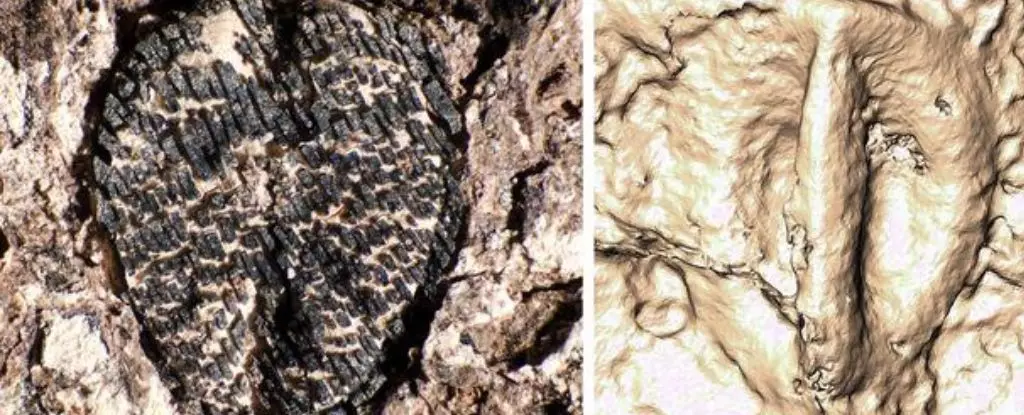In a groundbreaking discovery, scientists in South America have unearthed the oldest fossilized grape seed ever found in the western neotropics. This tiny, 60 million-year-old fossil provides valuable insights into the spread of grape vines across the world from an origin in what is now South America, following the extinction of most dinosaurs around 66 million years ago. The discovery of the prehistoric seed in Colombia in 2022 has generated excitement among paleobotanists, especially Fabiany Herrera from Chicago’s Field Museum, who has been on the hunt for the oldest grape in the western hemisphere for over a decade.
Rethinking the History of Grape Vines in the Americas
While a single grape seed may not seem significant at first glance, the rarity of soft-tissued fruit preservation in the fossil record makes this find particularly valuable. The age of the seed challenges existing notions of grape vines’ deep history on the continent, which were historically biased towards North America and Eurasia. The recent discovery of fossilized grape seeds in India, dated almost 10 million years older than those found in Europe or North America, prompted Herrera to search for similar findings in the western neotropics. Along with the 60-million-year-old seed of the species Lithouva susmanii, Herrera and his team have identified eight other grape seed fossils in Central and South America, suggesting a more widespread dispersion of grape vines than previously thought.
The emergence and spread of grape seeds in the fossil record coincide with the extinction of dinosaurs, hinting at a causal relationship between the two events. The loss of dinosaurs may have created environmental conditions conducive to the growth of grape vine plants, which thrive in crowded forests where they can twist and turn through the understory and canopy. Without large animals like dinosaurs to prune the forests back, grape vines may have had the opportunity to flourish. The extinction event led to a “forest reset” that altered the composition of plant species, allowing grape vines to spread and diversify across continents.
Through the lens of this new discovery, the extinction of dinosaurs can be seen as a catalyst for the eventual domestication of grape vines by humans. Roughly 8,000 years ago, our ancestors began to cultivate tropical grape vines, a practice that has evolved into the viticulture industry we see today. The disruption caused by the extinction event paved the way for grape vines to take root and proliferate, ultimately shaping the ecosystems of the Americas and beyond. As we raise a toast to the origins of grape vines in South America, it is worth reflecting on the interconnectedness of life on Earth and the profound impact of ancient events on the plant species we rely on today.
Overall, the discovery of the oldest fossilized grape seed in the western neotropics offers a glimpse into the deep history of grape vines in South America and highlights the intricate relationship between plant evolution, extinction events, and human intervention. By piecing together the puzzle of prehistoric plant life, scientists like Fabiany Herrera are rewriting the narrative of grape vine origins and shedding light on the impact of past environmental changes on the flora we encounter in our daily lives.


Leave a Reply